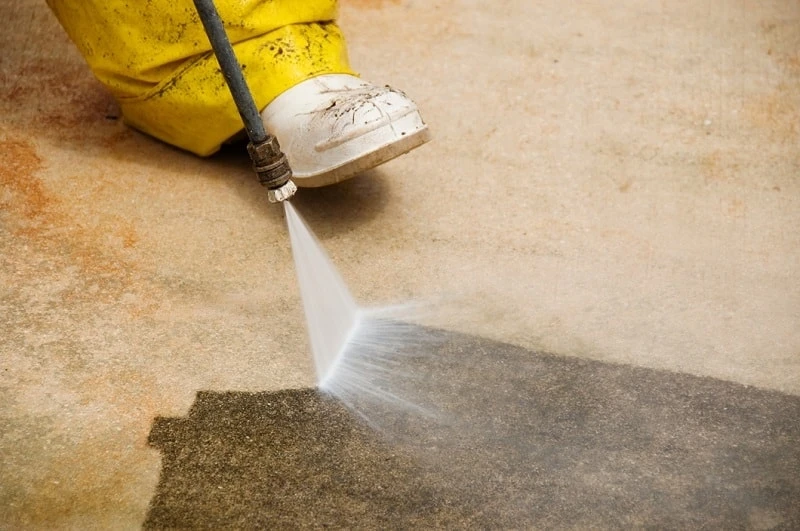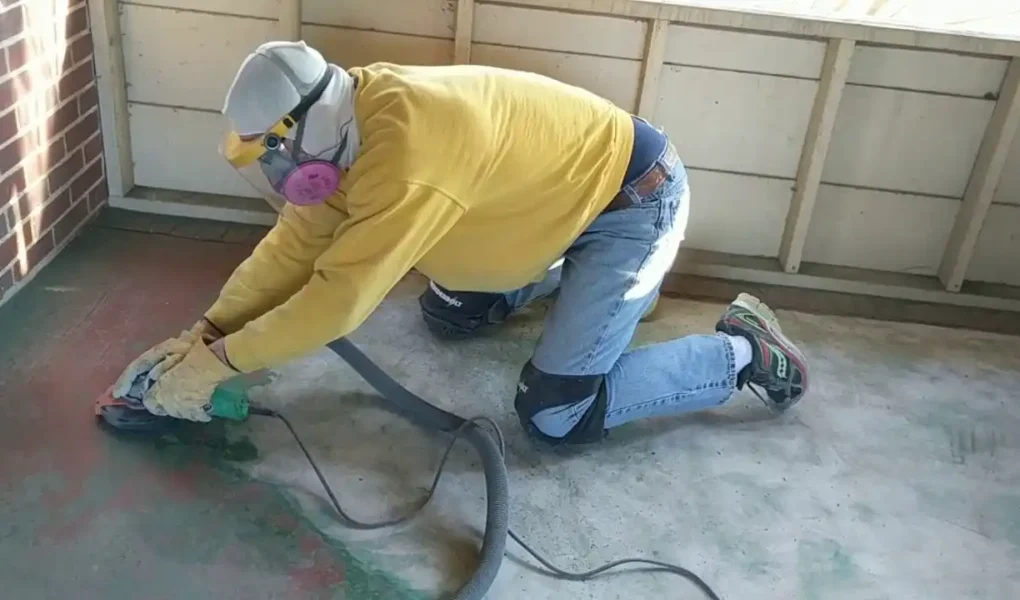If you’re dealing with aesthetic changes, damage beneath the paint, or want a fresh start, evaluating your options can save you effort and resources. From DIY techniques to professional help, there’s no shortage of ways to tackle this task.
Preventative measures can also play a significant role in avoiding future issues related to floor paint. Maintaining your surfaces will extend their life and keep them looking great.
Consulting an expert might be worth considering if you’re facing stubborn layers or complex materials. They bring experience and specialized tools that can simplify what could otherwise become a daunting project.
Exploring alternative options for old floor paint may open up new possibilities for creativity in your space without requiring complete removal. Whether refinishing or simply painting over existing layers with something more appealing—there’s always room for innovation.
Understanding Floor Paint

Floor paint is specifically formulated to provide a durable and attractive finish for various surfaces. Unlike regular wall paint, it’s designed to withstand heavy foot traffic, spills, and occasional scrapes.
Different types of floor paints are available—each catering to specific materials like concrete, wood, or tile. Epoxy-based paints offer incredible strength and longevity, ideal for garages or workshops. On the other hand, latex paints can be easier to apply and clean up but may not hold up as well in high-traffic areas.
The right choice depends on your space’s needs and how you plan to use it. Understanding these differences is crucial before committing to any project or considering removal options. The more informed you are about your flooring choices, the better your results will be in maintaining a vibrant look over time.
Reasons for Removing Floor Paint
There are several reasons why homeowners might consider removing floor paint. One of the most common is damage. Over time, floors can wear down, leading to peeling or chipping paint that detracts from the overall appearance.
Another reason could be a change in style or preference. What seemed trendy a few years ago may no longer fit your décor vision. Removing old paint allows for a fresh start and can transform your space.
Safety concerns often come into play. Certain types of floor paints can become slippery when wet or fade under UV light exposure, posing hazards in living areas.
Maintenance issues may arise with older painted floors. Accumulated dirt and grime in damaged layers make regular cleaning more difficult, prompting homeowners to seek alternatives that are easier to maintain.
Methods for Removing Floor Paint

Removing floor paint can be straightforward if you choose the right method. Start with a simple approach, like using heat. A heat gun can help loosen the paint, making it easier to scrape off.
For those tougher spots, chemical strippers are effective. They come in various formulations tailored for different types of paint. Apply them carefully and let them sit as directed before scraping away the softened coating.
Another technique involves sandblasting or grinding. This method is powerful but requires caution to avoid damaging the underlying surface.
If you’re dealing with smaller areas, try using a pressure washer for an eco-friendly option that saves time and effort.
Each method has its pros and cons based on your specific situation. Always wear protective gear and ensure good ventilation when working with chemicals or heavy machinery.
When to Hire a Professional
Sometimes, tackling floor paint removal can feel overwhelming. If you are unsure about the process or lack the right tools, call in a professional.
Hiring an expert is especially wise if your flooring is delicate or valuable. Professionals have experience with various materials and know how to avoid damaging them during removal.
Bringing in help if the project involves large areas. Managing extensive spaces can become physically taxing and require specialized equipment you may not own.
A DIY approach could lead to frustration if you’re also dealing with stubborn paint types like epoxy. Professionals use industrial-grade solvents and techniques that ensure effective results without compromising safety.
Preventing the Need to Remove Floor Paint
Maintaining your floor paint can save you from the hassle of removal down the line. Regular cleaning is essential. Dust, dirt, and debris can cause wear and tear, so sweep or vacuum often.
Consider applying a protective sealant after painting. This adds an extra layer that shields against scratches and stains. It makes future clean-ups easier, too.
Choose high-quality paint designed for floors. Investing in durable products reduces fading and chipping over time.
Be mindful of heavy furniture or equipment placement as well. Use pads under the legs to prevent gouges that may damage the finish.
If you notice small imperfections early on, address them immediately with touch-ups instead of waiting for bigger problems to emerge later. These proactive measures keep your floors looking fresh longer without needing extensive work.
Alternative Options for Old Floor Paint
If you’re not keen on removing old floor paint, consider adding a fresh twist. A simple coat of new paint can transform the look and feel of your space without the hassle of removal. Choose a color that complements your decor for an instant upgrade.
Another option is to apply decorative floor coatings or stencils. These techniques can add depth and personality, making your floors a focal point rather than an eyesore.
For those who love DIY projects, consider using vinyl flooring over the painted surface. This approach offers durability while preserving what’s underneath.
Rugs or mats to cover up unsightly patches. They’re practical solutions that bring warmth and style into any room without requiring extensive renovations.




